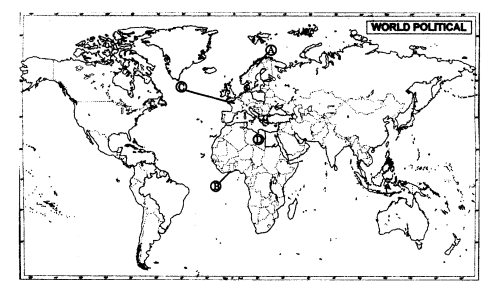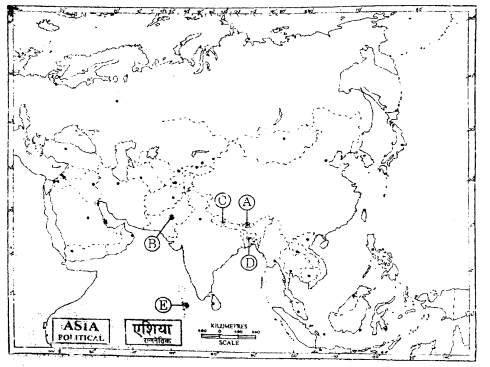Here we are providing 1 Mark Questions for Political Science Class 12 Chapter 6 International Organisations are the best resource for students which helps in class 12 board exams.
One Mark Questions for Class 12 Political Science Chapter 7 Rise of Popular Movements
Question 1.
Which one of the two is more essential-construction of mega dams or an environmental movement that oppose it and why ? (C.B.S.E. 2016)
Answer:
The more essential is the construction of mega dams because they help in solving the problem of water and electricity of that area. People get employment also thus, construction of mega dams is very helpful for the development.
Question 2.
Highlight the most novel aspect of the Chipko Movement. (Imp.) (C.B.S.E. 2016)
Answer:
Women’s active participation in the Chipko Movement was a very novel aspect of the movement.
Question 3.
How did the farmers associated with Bharatiya Kisan Union differ from the most other farmers in India ? (C.B.S.E 2016)
Answer:
Farmers associated with Bharatiya Kisan Union grew cash crops for market.
Question 4.
What was the Anti-Arrack Movement? (Sample Paper C.B.S.E. 2010, 2012)
Answer:
Anti-Arrack Movement was started in Andhra Pradesh and demanded prohibition on the sale of arrack (alcohol).
Question 5.
What was Chipko Movement ? (C.B.S.E. 2008, 2012)
Answer:
The Chipko Movement (1974-77), hugging trees to prevent them from being felled, linked the issue of environmental degradation to women’s increasing toil for fuel and fodder.
Question 6.
What was the main objective of the Dalit Panthers ? (C.B.S.E. 2011 Delhi)
Answer:
The Panthers’ aim was to unite the Dalit and to bring them into their fold.
Question 7.
Name the popular movement which demanded that no forest exploiting contract be given to any outsider. (CiB.S,E. 2013)
Answer:
Chipko Movement.
Question 8.
Shetkari Sanghatahna and Raitha Sangha belonged to which two respective states ?
Answer:
Shetkari Sanghatahna belonged to Maharashtra and Raitha Sangha belonged to Karnataka.
Question 9.
Why the ongoing environmental movements are opposing the construction of mega dams ? (C.B.S.E. Sample Paper 2018)
Answer:
Construction of mega dams results in the displacement of large number of people living around that area.
Question 10.
Which popular movement led to the empowerment of women ? (C.B.S.E. 2018)
Answer:
Chipko movement led to the empowerment of women.
Question 11.
Explain the main recommendation of the Mandal Commission. (C.B.S.E. 2019)
Answer:
The main recommendation of Mandal Commission is 27% of the posts in Public services should be reserved for O.B.Cs.


